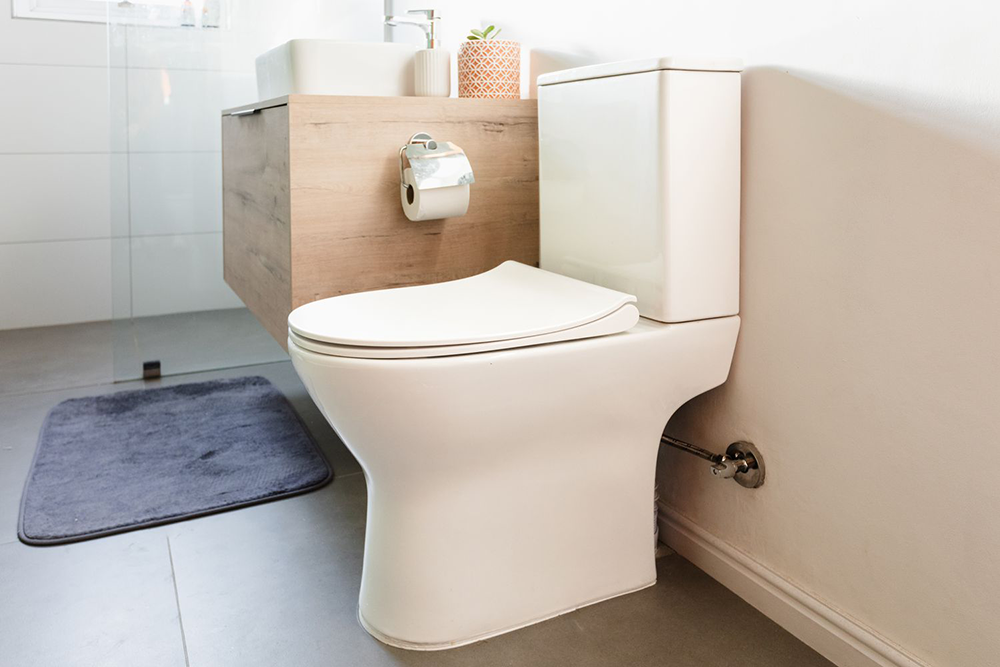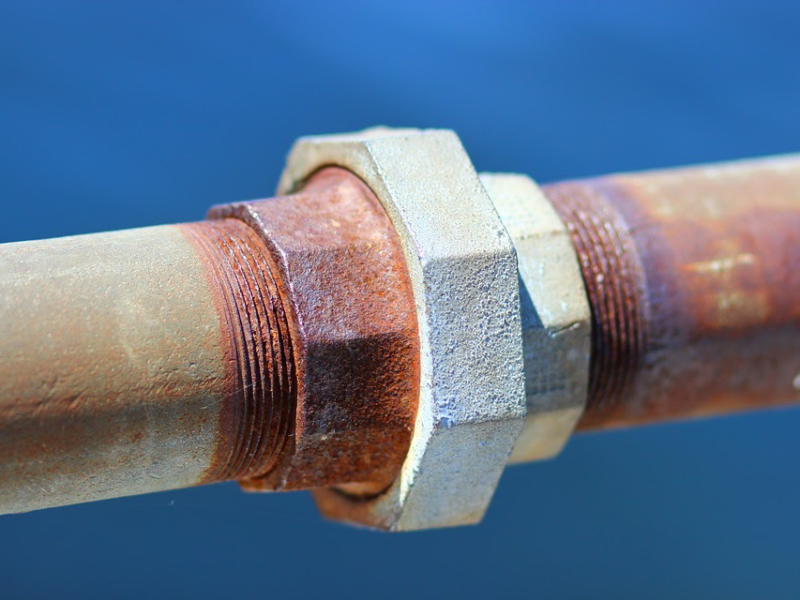A running toilet can be both annoying and costly. Not only does the constant sound of running water disrupt your peace, but it also wastes a significant amount of water, which can lead to higher water bills. Fortunately, fixing a running toilet is a relatively straightforward DIY project that doesn’t require advanced plumbing skills. In this guide, we’ll walk you through the steps to diagnose and fix a running toilet.
Tools and Materials You’ll Need:
- Adjustable wrench
- Screwdriver
- Toilet flapper replacement kit (if necessary)
- Replacement fill valve (if necessary)
- Bucket
- Towel or sponge
Step 1: Diagnose the Problem
Before you can fix your running toilet, you need to determine what’s causing the issue. There are a few common culprits:
- Faulty Flapper: The flapper is a rubber valve that seals the flush valve. If it’s worn or damaged, water can leak from the tank into the bowl.
- Overflow Tube Issues: If the water level in the tank is too high, it can overflow into the overflow tube, causing a continuous flow into the bowl.
- Faulty Fill Valve: The fill valve controls the water level in the tank. If it’s malfunctioning, it can lead to a constant flow of water.
Step 2: Turn Off the Water Supply
Locate the shut-off valve on the wall behind or beside the toilet. Turn it clockwise to shut off the water supply to the toilet. Flush the toilet once to empty the tank completely.
Step 3: Remove the Tank Lid
Lift the tank lid off and place it in a safe spot where it won’t get damaged.
Step 4: Check the Flapper
Inspect the flapper for any signs of damage or deterioration. If it looks worn or has mineral deposits, it’s a good idea to replace it. Flapper replacement kits are widely available at hardware stores and come with easy-to-follow instructions.

Step 5: Adjust the Chain (if necessary)
If the flapper appears to be in good condition but the toilet is still running, check the chain that connects the flapper to the flush lever. Ensure that it has some slack but is not too loose. Adjust it if needed.
Step 6: Check the Water Level
Look inside the tank and check the water level. It should be about half an inch below the overflow tube. If it’s too high, adjust it by adjusting the float on the fill valve. Follow the manufacturer’s instructions for your specific fill valve model.
Step 7: Replace the Fill Valve (if necessary)
If adjusting the water level doesn’t solve the problem and the fill valve is old or malfunctioning, it may need to be replaced. Turn off the water supply, disconnect the water supply line from the fill valve, and follow the instructions that come with the replacement fill valve.
Step 8: Turn On the Water Supply
Once you’ve made the necessary repairs or replacements, turn the water supply back on by rotating the shut-off valve counterclockwise.
Step 9: Test the Toilet
Flush the toilet to ensure that it’s no longer running and that it refills to the correct water level. Listen for any unusual sounds or leaks.
Step 10: Reassemble and Clean Up
Replace the tank lid, and make sure everything is in order. Clean up any water spills or mess with a towel or sponge.
Fixing a running toilet is a DIY task that can save you money on water bills and prevent the annoyance of a constantly running fixture. By following these simple steps and troubleshooting common issues, you can have your toilet working properly in no time. If you’re ever unsure about the process or encounter a more complex problem, don’t hesitate to seek professional plumbing assistance.



